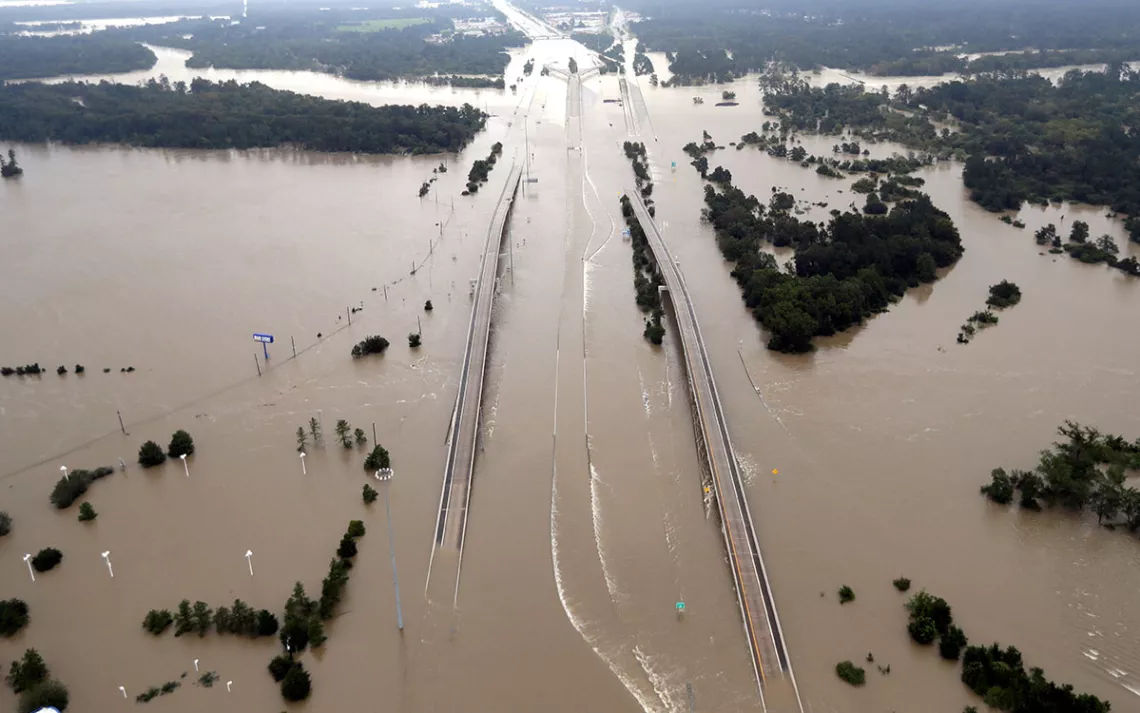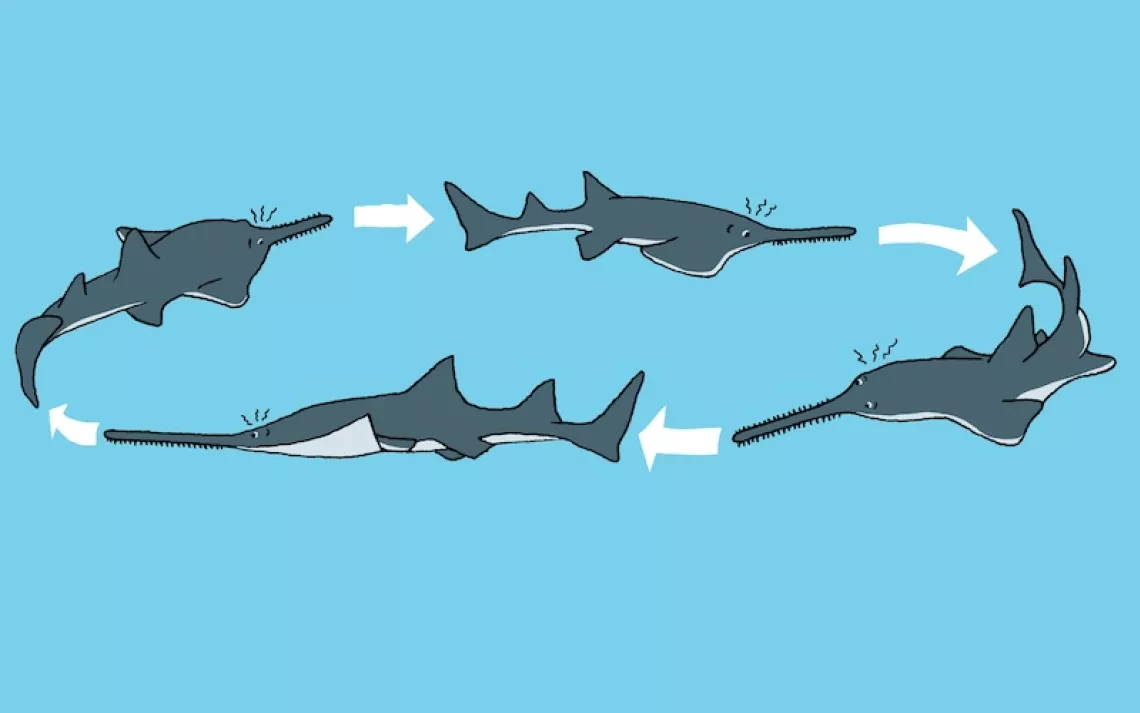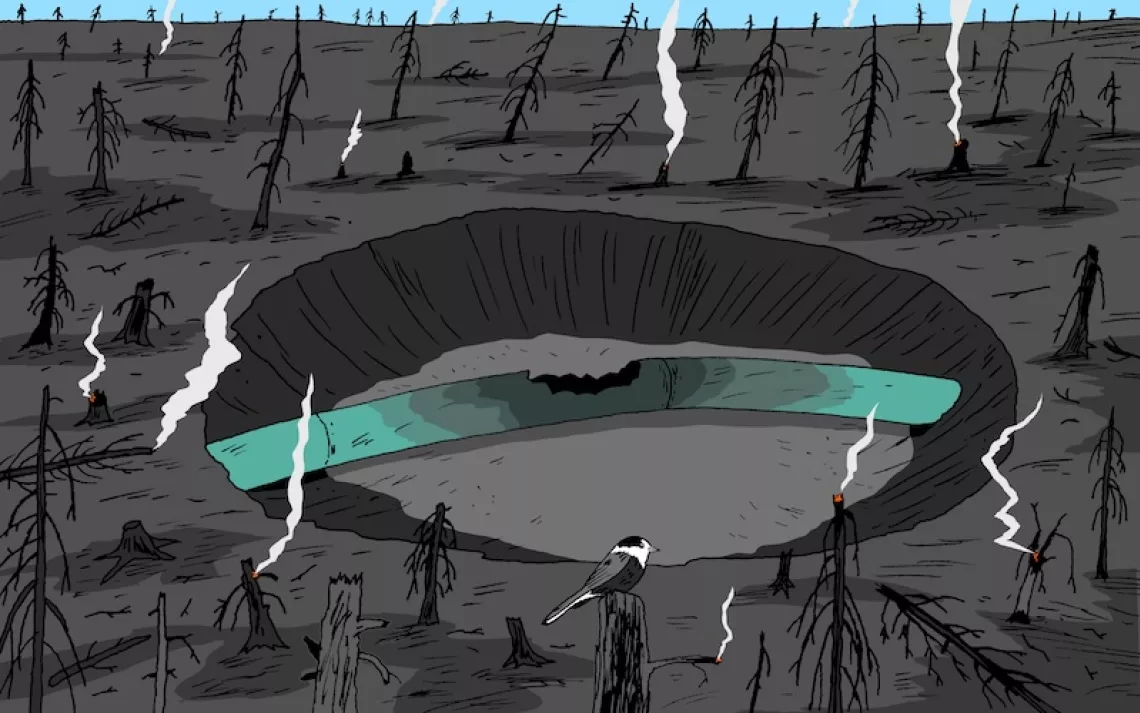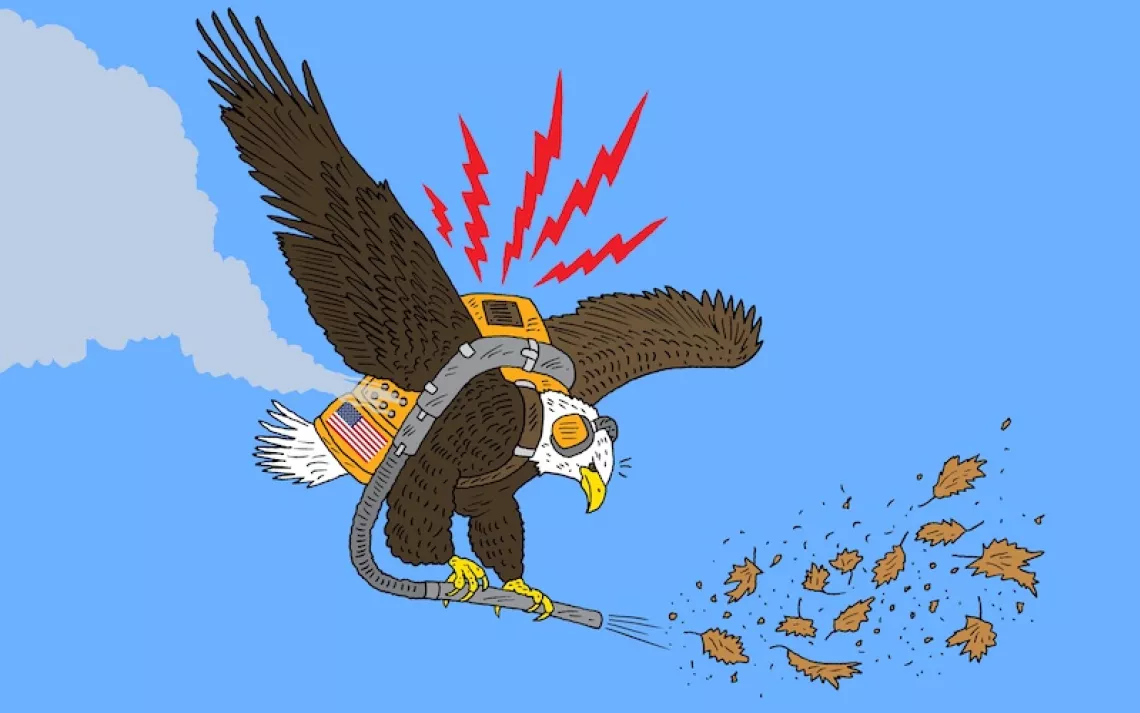How I Went From Climate Fatigue to Climate Storytelling
Finding a place within the climate justice movement

Interstate 69 is covered by floodwaters from Hurricane Harvey in Humble, Texas. | Photo by David J. Phillip, AP File
I started reporting on climate when I was 20 years old. I’ve since written lyrical essays about hurricane season in the South, shot photo features on local fishermen losing their livelihoods due to the ever-warming waters, and debriefed thousands of readers on gloomy United Nations reports. But before I became a climate journalist, I didn’t give climate change much thought.
It felt too intertwined with doom and gloom and irrelevant for me to discuss. The climate crisis wasn’t among my top priorities, as there were more pressing issues to put my energy into—issues that felt more here and now, like abolition and queer rights. And frankly, as a queer South Asian, the mainstream climate movement was too affluent, inaccessible, and white for me to care. I didn’t have someone making this issue relevant or understandable to me or my community.
Yet the weather always controlled my days—especially as a Houstonian. The humidity lingered in the air, the rain could be brutal but cut the heat nonetheless, and even on cloudy days, the sun was somewhere to be found. If it was too hot, I couldn’t be outside. If the rain was too much, our streets would flood, and I couldn’t go to school. In 2008, Hurricane Ike flooded my then apartment complex (I still remember having to use my hands to clean out the debris from the parking lot’s gutters with my dad and our landlord), and nine years later—right at the start of my senior year of high school, my last year of legal childhood—Hurricane Harvey destroyed my home. I often think of my life as Before Harvey and After Harvey.
These sorts of weather memories mark various stages of my life, far beyond my Houston upbringing. The day I graduated college in Los Angeles, we were in the middle of a heat wave. Almost every summer of my life has been deemed the warmest in recorded US history. In fact, this most recent July was the planet’s hottest month on record. Still, up until a few years ago, climate change felt so far away.
However, after Harvey, I started to think more critically about climate and environmental justice’s intersections with race, income, urban planning (or lack thereof), and geography. Why wasn’t my house elevated enough to withstand the polluted water? Why couldn’t my neighborhood’s streets properly drain it? Why was there a bayou next to my area rather than River Oaks or the Heights, two wealthy Houston enclaves?
Through engaging with more intersectional media—like Ruth Wilson Gilmore’s Golden Gulag, which contextualizes the mass incarceration crisis by connecting it to geography, anti-Black racism, and power; Mulk Raj Anand’s 1935 novel Untouchable, which led me to think of the ways that climate change feeds casteism; and even Childish Gambino’s “Feels Like Summer,” a song that touches on Earth’s rising temperatures and the animals and insects we’ve gotten used to—I realized that everything is a climate justice issue.
Climate touches everything and everyone, and the weather connects us all. Climate justice is a reproductive justice issue, a labor issue, a food justice issue, a queer rights issue. As a journalist for over five years, more and more of my stories touch on themes of climate and nature. I’ve talked to eco-poets about diversifying their gardens and cultivating natively in a new environment, surfers about global warming and rising sea levels, formerly incarcerated people about the effects of extreme temperatures on their quality of life, and even nomads on how they move with the weather. I soon learned that if I dig deep enough, all stories are climate stories.
Though I was originally introduced to the climate justice space through catastrophe, it became clear that climate change is more than Earth “dying” in 30 years or ice melting in the Arctic—it’s in my everyday. Climate change shows itself in the increasingly frequent and severe Houston rainstorms that I’ve grown to expect, my family friend’s dying cattle and crops in Gujarat, and the rising prices of basmati rice bags at my local Indian grocery store amid the drought in India. It’s no longer a faraway issue but a tangible one. And once I realized just how urgent and personal the climate crisis is, I became motivated to take action. I started volunteering at more community gardens, attending community-led climate justice meetings, and participating in organizing efforts.
I’m not alone in this pull toward climate justice. My friends feel it too. For example, those close to me are museum coordinators turned environmental justice curriculum writers and applied math majors who settled into climate prediction research and oceanography. For my fellow Gen Zers, who now bear the brunt of the climate crisis, this work is a natural progression of sorts.
I am writing this essay for anyone who thinks or feels as I once did. If you’re environmentally curious but don’t see a place for yourself in the movement, I want you to know that there is indeed space. If you only know about climate justice through disaster with no actionable steps, I hope my story helps you find the inspiration to explore the movement a bit more, because alongside climate disasters is grassroots organizing, local storytelling, mutual aid groups, radical imagination, resilience, community-centering solutions, and many other things that prioritize joy and love amid the grief and helplessness.
If you’re feeling climate anxiety, fatigue, or disillusionment, your feelings are valid and warranted. I hope you don’t ignore those emotions. Instead, allow them to surface and show them curiosity, not judgment. Your existence is finite, much like the environment’s resources.
Also, know that I relate to you. Still today, my body holds climate grief. Water makes me uneasy, and yet it can be restorative. Sometimes, it makes me feel small—but in the best way. It reminds me that the climate justice movement is far bigger and stronger than just me. It’s in that thought that I find peace. And on a good day, I find joy.
 The Magazine of The Sierra Club
The Magazine of The Sierra Club







